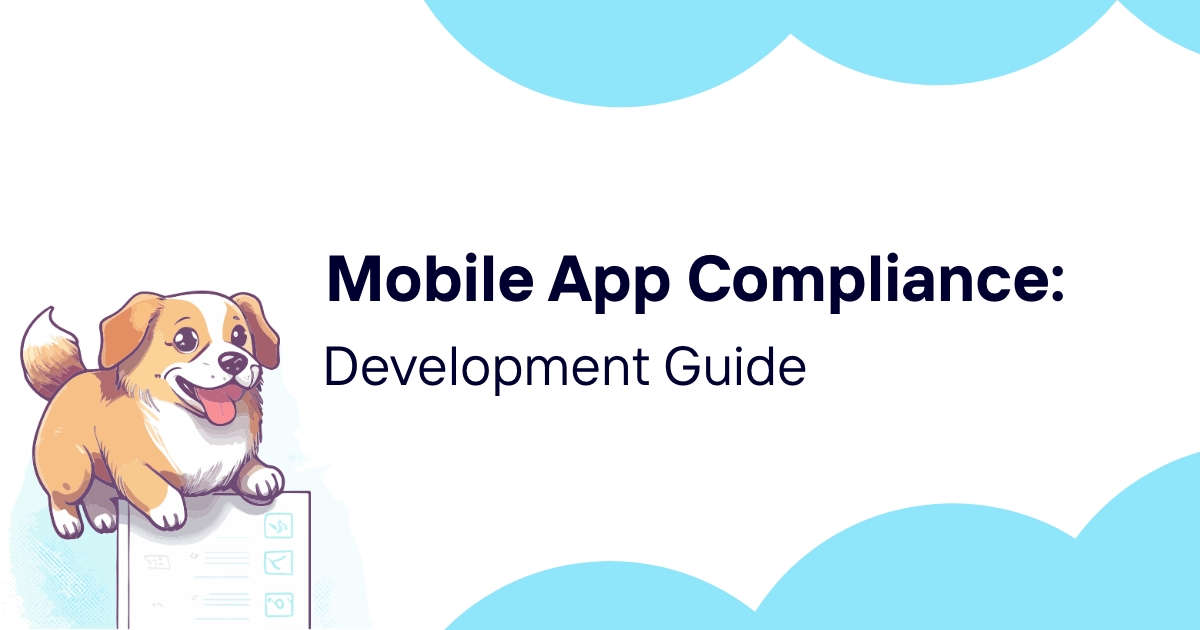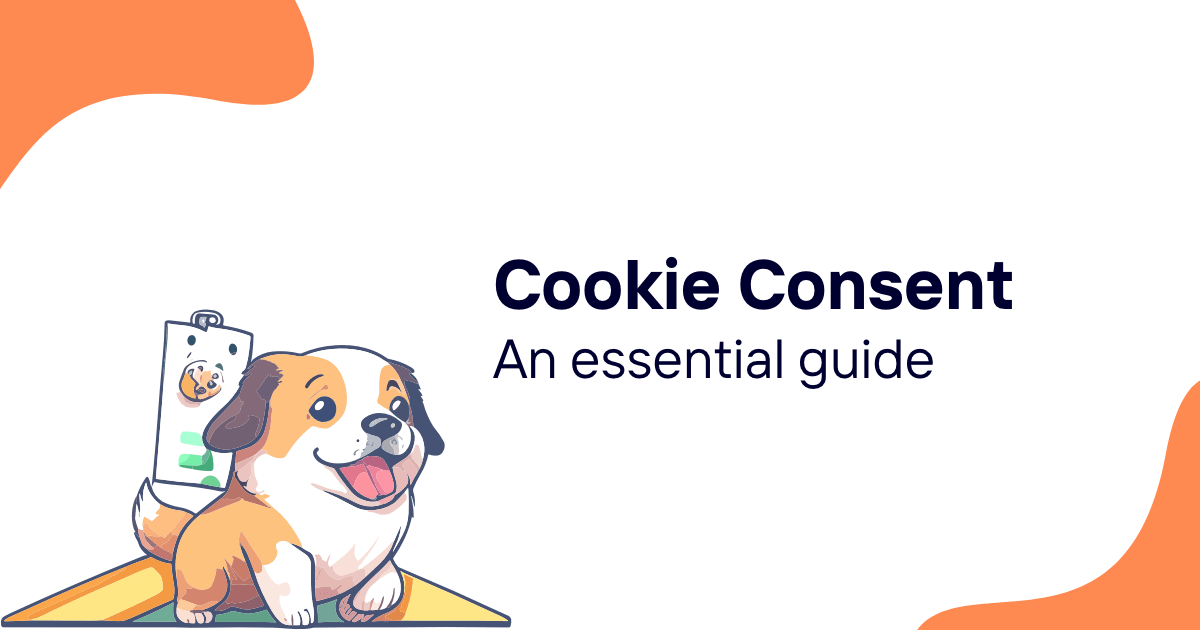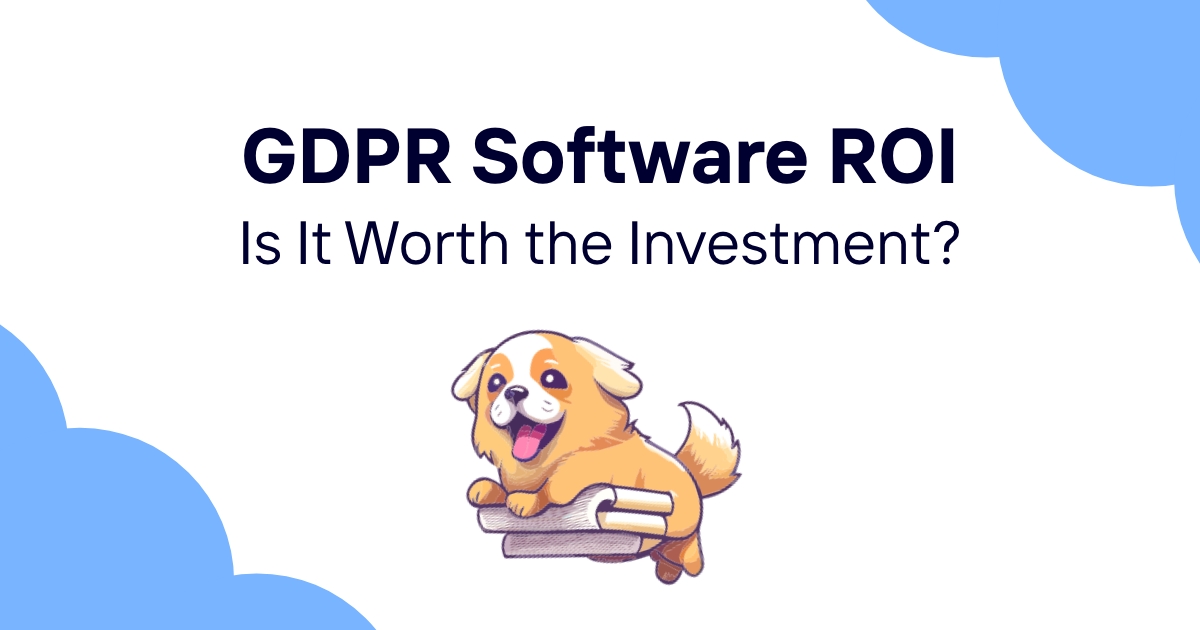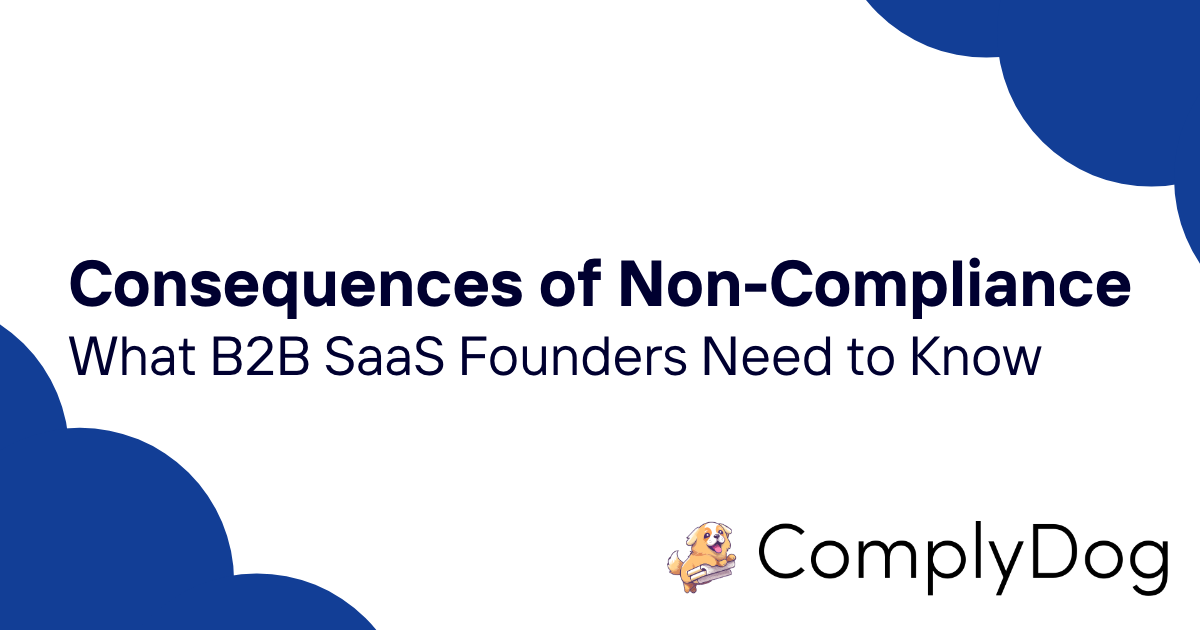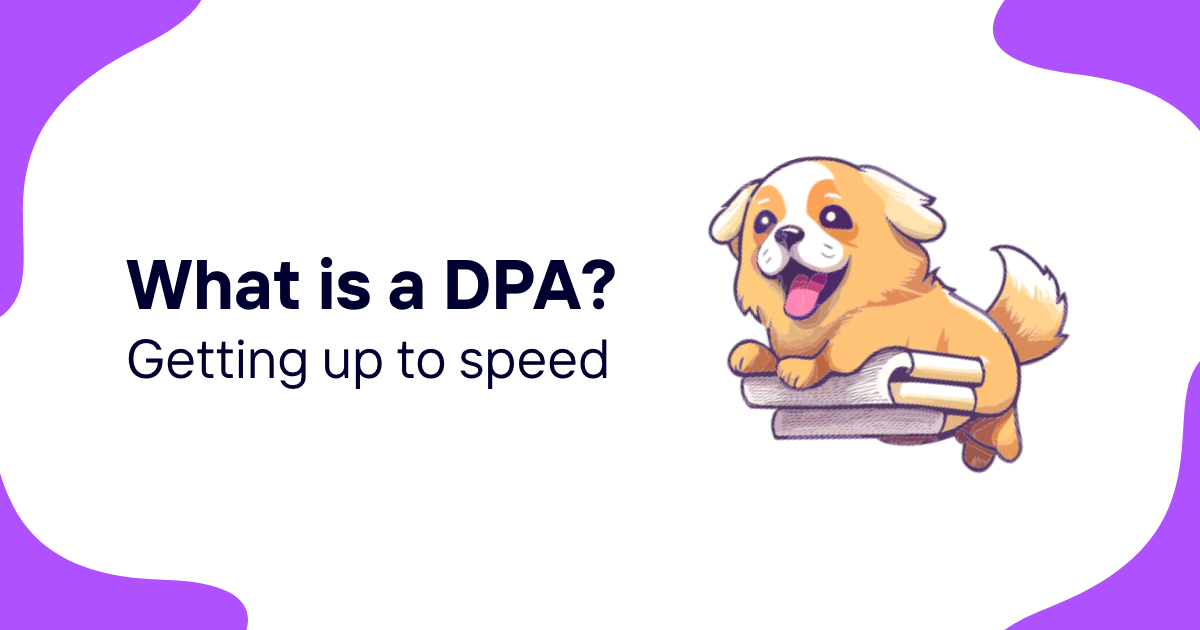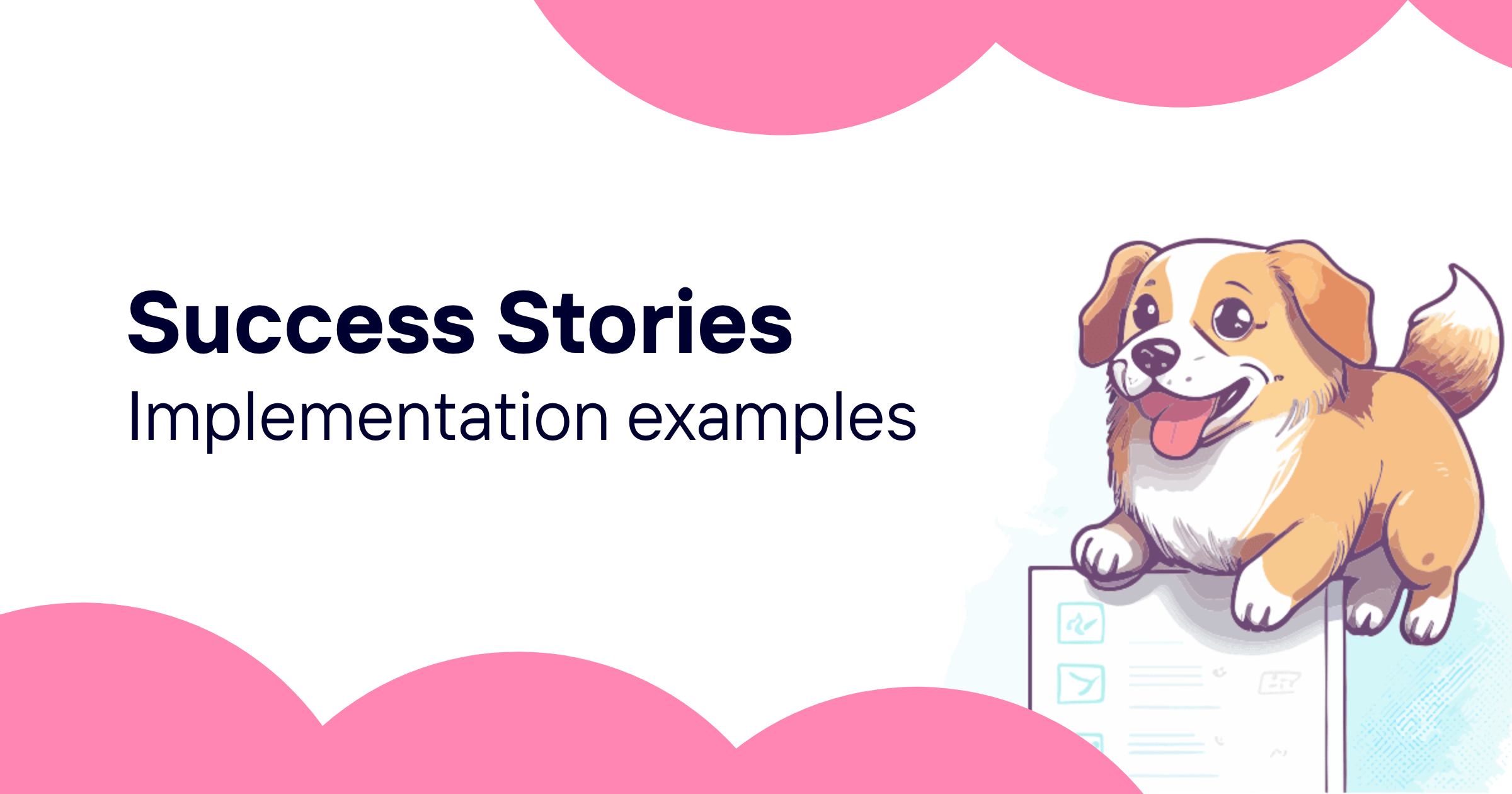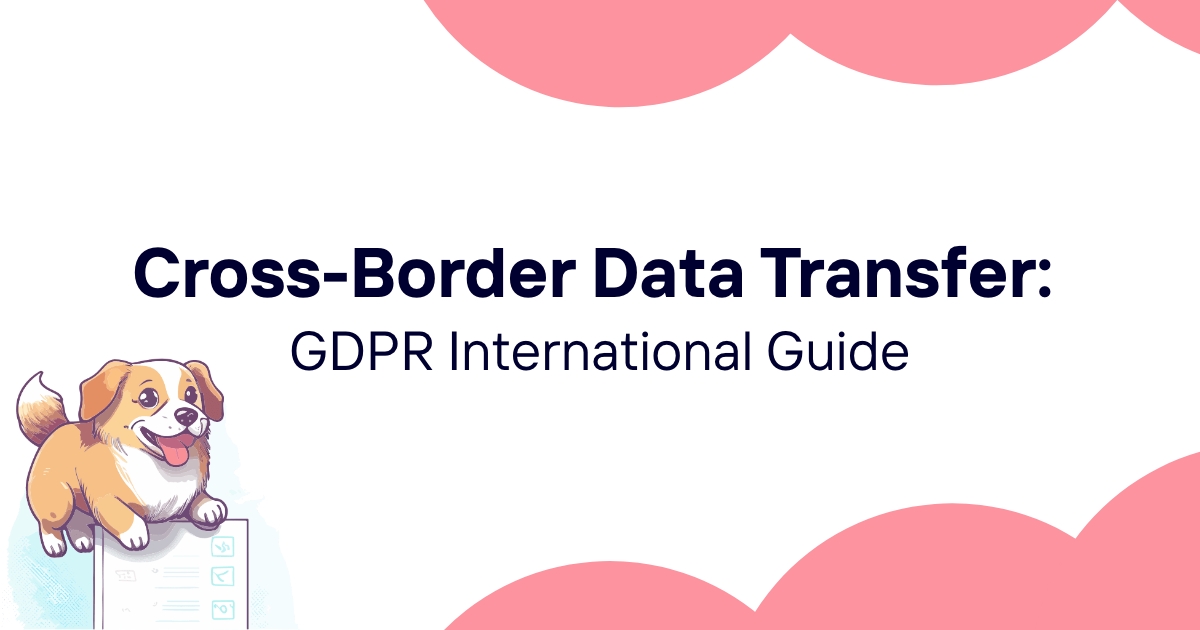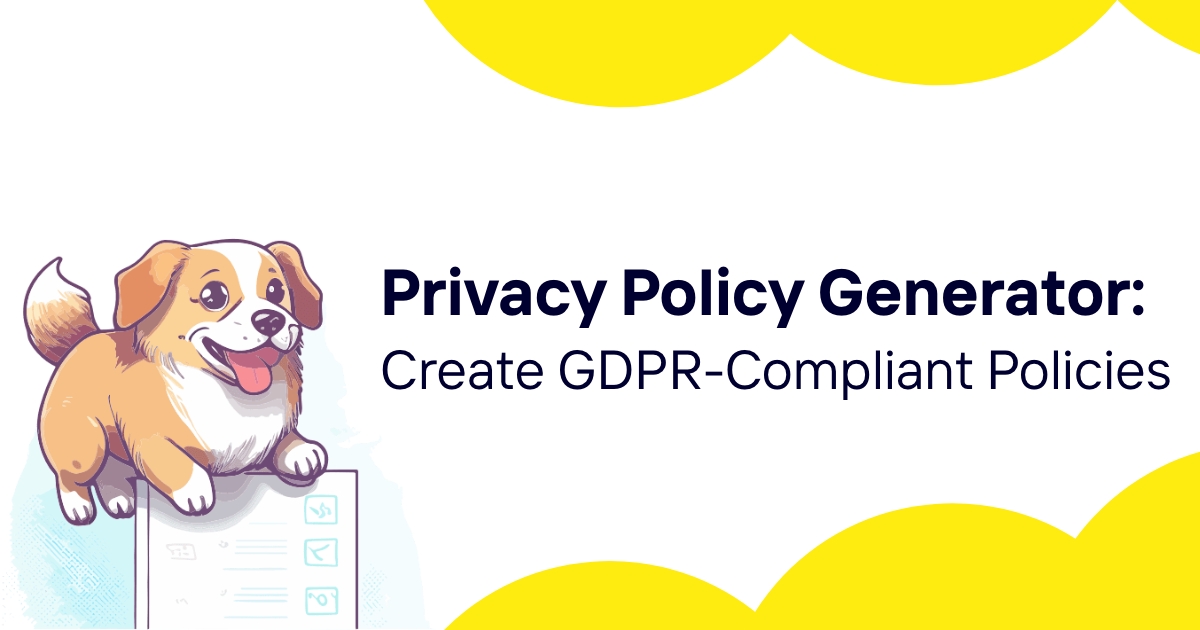Mobile apps create unique GDPR compliance challenges that web-based applications don't face. Location tracking, device permissions, push notifications, and app store requirements create complex privacy obligations that many developers overlook until after launch.
The mobile ecosystem's fragmented approach to privacy controls across different platforms, combined with user expectations for seamless experiences, makes compliance implementation challenging without careful planning during development phases.
This guide provides comprehensive strategies for building GDPR-compliant mobile applications that protect user privacy while maintaining excellent user experiences and meeting app store requirements.
Mobile App GDPR Requirements
Scope and Applicability
GDPR applies to mobile apps that process personal data of EU residents regardless of where the app developer is located or where app servers are hosted.
Mobile-specific personal data includes device identifiers, location information, contact lists, photos, and behavioral data that traditional web applications might not access.
Cross-platform considerations require compliance across iOS, Android, and other mobile operating systems with different privacy control implementations.
App distribution through app stores creates additional compliance obligations through platform-specific privacy requirements and review processes.
Personal Data in Mobile Context
Device identifiers including IMEI numbers, advertising IDs, and device fingerprints constitute personal data requiring appropriate legal basis and protection measures.
Location data processing requires specific attention to accuracy levels, frequency of collection, and user control over location sharing preferences.
Sensor data from accelerometers, gyroscopes, and other device sensors may constitute personal data when used for behavioral analysis or individual identification.
User-generated content including photos, messages, and social interactions requires careful handling including appropriate consent and data minimization practices.
Mobile-Specific Privacy Risks
Background data collection often occurs without explicit user awareness, requiring transparent disclosure and appropriate consent mechanisms.
App permissions that access device functions like camera, microphone, or contacts create privacy obligations that extend beyond basic app functionality.
Data synchronization across devices and platforms multiplies privacy obligations and requires careful management of consent scope and data flows.
Third-party SDK integration frequently introduces additional data processing that developers must understand and disclose appropriately to users.
Legal Basis Considerations
Consent remains the primary legal basis for most mobile app data processing, but implementation must account for mobile user experience patterns.
Legitimate interest may apply to certain app functionality like crash reporting or basic analytics, but requires careful balancing test documentation.
Contract performance enables data processing necessary for app functionality but doesn't extend to optional features or promotional activities.
Vital interests rarely apply to mobile apps except in specific health or safety contexts where immediate processing is necessary.
App Privacy Policy Requirements
Mobile-Optimized Privacy Notices
Concise presentation balances comprehensive information requirements with mobile screen limitations and user attention spans.
Layered approach provides essential information immediately accessible while offering detailed information through expandable sections or linked pages.
Visual design optimization ensures privacy information is readable across different mobile devices and screen sizes without compromising accessibility.
Progressive disclosure presents privacy information when relevant rather than overwhelming users with comprehensive details during initial app interactions.
Required Information Elements
Data controller identification must be clearly presented including contact information for privacy questions and data protection officer details when applicable.
Processing purposes require specific explanation of why personal data is collected and how it supports app functionality or optional features.
Data categories specification should list types of personal data processed including device information, user content, and behavioral data.
Retention periods must be clearly stated for different data types and processing purposes rather than using vague terms like "as long as necessary."
Mobile-Specific Disclosures
Permission usage explanation should clarify why specific device permissions are requested and how granted access will be used within the app.
Third-party service disclosure must identify external services that process user data including analytics, advertising, and cloud storage providers.
Data sharing practices require clear explanation of when and why personal data is shared with third parties or across different app features.
International transfer information should address data flows to different countries and appropriate safeguards used for cross-border processing.
Policy Accessibility and Updates
In-app access ensures privacy policies are easily accessible within the app without requiring external browser navigation or account creation.
Update notification procedures inform users about privacy policy changes through app updates or in-app notifications.
Version control maintains historical privacy policies to demonstrate compliance evolution and support user understanding of changes.
Multi-language support provides privacy information in languages users understand rather than relying solely on platform default languages.
Mobile Consent Management Implementation
Consent Collection Design
Just-in-time consent requests explain data processing when features are accessed rather than requesting comprehensive permissions during app installation.
Granular consent options enable users to approve specific app features while declining others based on personal preferences and comfort levels.
Clear value propositions explain benefits users receive from granting consent to help them make informed decisions about data sharing.
Non-intrusive design integrates consent requests into natural app workflows without disrupting user experience or creating coercive pressure.
Platform-Specific Implementation
iOS consent management leverages App Tracking Transparency framework while implementing additional consent controls for other processing activities.
Android consent implementation works with platform permission systems while providing comprehensive consent management for all personal data processing.
Cross-platform consistency ensures users receive similar privacy controls regardless of device platform while respecting platform-specific requirements.
Native vs web-based consent considerations balance user experience with implementation complexity and maintenance requirements.
Consent Storage and Management
Local consent storage maintains user preferences on device while implementing appropriate backup and synchronization procedures.
Cloud-based consent management enables preference synchronization across devices while ensuring appropriate security and access controls.
Consent verification procedures ensure stored consent records accurately reflect user choices and can demonstrate compliance during regulatory review.
Withdrawal mechanisms provide easy methods for users to modify or revoke consent without requiring complex procedures or customer service interaction.
Dynamic Consent Features
Real-time consent updates allow users to modify preferences immediately without app restart or complex configuration procedures.
Feature-specific controls enable granular management of consent for different app capabilities including analytics, personalization, and social features.
Consent expiration handling addresses situations where consent may need renewal or reconfirmation based on regulatory requirements or business practices.
Integration with app updates ensures consent management evolves with new features while maintaining user control and transparency.
App Permission and Data Access
System Permission Management
Camera access requires clear explanation of usage purposes including photo capture, video recording, or augmented reality features.
Microphone permission usage should specify audio recording purposes including voice messages, call functionality, or audio analysis features.
Location access explanation must differentiate between foreground and background usage while providing granular control over location sharing frequency.
Contact access justification should explain specific functionality that requires contact information and how contact data will be processed and protected.
Data Minimization in Permissions
Essential vs optional permissions distinguish between access required for core app functionality and permissions for enhanced features.
Granular access requests enable users to grant specific permissions while declining others based on desired app functionality and privacy preferences.
Progressive permission requests introduce additional access requirements as users engage with relevant features rather than requesting comprehensive access upfront.
Alternative functionality provision enables app usage even when users decline certain permissions by providing alternative features or workflows.
Permission Usage Transparency
Real-time usage indicators show when permissions are actively being used to access device sensors or personal information.
Usage logging maintains records of permission usage for user review and compliance verification while respecting user privacy preferences.
Purpose limitation enforcement ensures granted permissions are used only for disclosed purposes rather than expanding access beyond user expectations.
Regular permission review prompts encourage users to reconsider permission grants and modify access based on changing preferences or app usage patterns.
Cross-Platform Permission Handling
iOS permission management leverages platform frameworks while implementing additional controls for GDPR-specific requirements beyond system permissions.
Android permission integration works with platform security model while providing comprehensive privacy controls for all personal data processing.
Platform-specific features utilization optimizes privacy controls for each platform's capabilities while maintaining consistent user experience across devices.
Future platform evolution planning ensures permission management can adapt to changing platform privacy features and requirements.
Cross-Platform Compliance Considerations
Multi-Platform Development
Unified privacy architecture ensures consistent privacy protection across iOS, Android, and other platforms while respecting platform-specific requirements.
Shared consent management synchronizes user preferences across platforms while maintaining appropriate security and access controls.
Platform-specific optimization adapts privacy controls to each platform's capabilities and user interface conventions.
Code sharing strategies balance development efficiency with platform-specific privacy implementation requirements and optimization opportunities.
Data Synchronization
Cross-device consent ensures user preferences are respected across all devices where they use the app while maintaining appropriate security controls.
Conflict resolution procedures address situations where user preferences differ between devices or platforms.
Encryption and security measures protect synchronized privacy data while ensuring appropriate access controls and audit capabilities.
Selective synchronization enables users to control which privacy preferences and data sync across devices based on personal preferences.
Platform-Specific Requirements
iOS compliance addresses App Tracking Transparency, privacy nutrition labels, and platform-specific data handling requirements.
Android compliance integrates with permission systems, privacy dashboard features, and Google Play store requirements.
Web platform compliance ensures browser-based app versions maintain consistent privacy protection with native mobile applications.
Emerging platform preparation addresses privacy requirements for new platforms including wearables, smart TVs, and IoT devices.
Testing and Validation
Multi-platform testing verifies privacy controls work correctly across different operating systems, device types, and platform versions.
Compatibility testing ensures privacy features function properly with platform updates and new device capabilities.
User experience testing validates privacy controls provide consistent experience across platforms while respecting platform-specific conventions.
Performance testing confirms privacy implementation doesn't negatively impact app performance or user experience across different platforms.
App Store Compliance Requirements
Apple App Store Privacy Requirements
Privacy nutrition labels provide standardized disclosure of data collection and usage practices that must accurately reflect actual app behavior.
App Tracking Transparency compliance requires appropriate consent implementation for cross-app tracking and advertising purposes.
Data collection disclosure must comprehensively list all personal data types collected including device information, usage data, and user content.
Third-party SDK reporting requires identifying external libraries that process personal data and their specific data handling practices.
Google Play Store Privacy Policies
Privacy policy requirements mandate comprehensive disclosure of data practices that must be accessible from app store listing and within the app.
Data safety section requires detailed information about data collection, sharing, and security practices presented in standardized format.
Permission justification explains why specific device permissions are necessary for app functionality and how granted access will be used.
Target audience considerations address special requirements for apps directed at children or family audiences.
App Review Preparation
Documentation preparation includes comprehensive privacy policy, consent implementation details, and data flow documentation for review teams.
Compliance verification ensures app behavior matches privacy disclosures and consent implementation works correctly across all app features.
Response procedures address app store feedback or rejection based on privacy concerns while maintaining compliance and user protection.
Update submission processes ensure privacy policy changes and consent updates are properly disclosed during app review procedures.
Ongoing Compliance Monitoring
App store policy updates require regular monitoring and potential app modifications to maintain compliance with evolving platform requirements.
User feedback monitoring addresses privacy concerns raised through app store reviews or direct user communication.
Competitive analysis tracks industry privacy implementation trends and platform enforcement patterns that might affect compliance strategies.
Regular audit procedures verify continued compliance with app store privacy requirements and identify areas for improvement or optimization.
Mobile-Specific Privacy Controls
Location Privacy Management
Granular location controls enable users to choose between precise and approximate location sharing based on app functionality and personal preferences.
Background location handling requires explicit user consent and clear explanation of background usage purposes and frequency.
Location history management provides users with access to stored location data and easy deletion or export capabilities.
Geofencing privacy addresses automated location-based triggers while maintaining user control and awareness of location processing.
Device Sensor Privacy
Motion sensor data processing requires appropriate consent when used for behavioral analysis or individual identification rather than basic app functionality.
Biometric data handling addresses fingerprint, facial recognition, and other biometric information with enhanced security and consent requirements.
Environmental sensor usage including ambient light, temperature, or noise levels requires disclosure when used for purposes beyond basic app operation.
Health sensor integration addresses special category data requirements when processing health-related information from device sensors or connected devices.
Communication Privacy Controls
Push notification management enables users to control notification frequency, content types, and delivery timing based on personal preferences.
Messaging privacy addresses end-to-end encryption, message storage, and sharing capabilities while maintaining user control over communication data.
Social features privacy enables granular control over profile information, friend connections, and activity sharing across different app social features.
Contact integration privacy addresses contact list access, synchronization, and sharing capabilities while respecting both user and contact privacy.
Content Privacy Management
Photo and video privacy controls address capture, storage, editing, and sharing capabilities while maintaining user ownership and control.
User-generated content management provides appropriate tools for content deletion, privacy control, and sharing preference management.
Cloud synchronization privacy enables users to control which content syncs across devices and platforms based on personal preferences and sensitivity.
Content sharing controls provide granular options for sharing user content with other users, social platforms, or third-party services.
App Compliance Testing and Verification
Privacy Feature Testing
Consent mechanism testing verifies all consent requests work correctly and provide appropriate user control over data processing activities.
Permission handling testing ensures device permissions are requested appropriately and used only for disclosed purposes within the app.
Data minimization verification confirms the app collects only necessary personal data and implements appropriate data limitation practices.
User rights testing validates access, correction, and deletion capabilities work correctly and provide comprehensive user control over personal data.
Technical Compliance Verification
Data flow analysis tracks personal data movement within the app and to external services to verify compliance with disclosure and consent requirements.
Encryption testing confirms appropriate protection for personal data in transit and at rest across all app features and data storage.
API security testing verifies secure communication with backend services and appropriate authentication and authorization controls.
Third-party integration testing ensures external SDKs and services comply with privacy requirements and don't introduce unauthorized data processing.
User Experience Testing
Privacy workflow testing evaluates user experience for consent, preference management, and privacy control features across different user scenarios.
Accessibility testing ensures privacy controls work correctly for users with disabilities and meet platform accessibility requirements.
Performance testing confirms privacy features don't negatively impact app performance or create user experience problems.
Cross-device testing verifies privacy controls work consistently across different devices, platform versions, and screen sizes.
Compliance Documentation
Test result documentation provides comprehensive evidence of privacy feature functionality and compliance verification activities.
Issue tracking maintains records of identified privacy problems and their resolution to demonstrate ongoing compliance attention.
Compliance reporting generates summaries of testing activities and results for internal governance and potential regulatory review.
Consider how mobile app compliance integrates with broader compliance maturity development and organizational privacy programs.
GDPR mobile app compliance requires systematic attention to platform-specific privacy requirements while maintaining excellent user experiences and comprehensive data protection. Organizations that invest in privacy-conscious mobile development typically experience better user trust and app store approval rates.
Effective mobile privacy implementation balances regulatory compliance with user experience while building competitive advantages through privacy leadership and transparent data handling practices.
Ready to develop GDPR-compliant mobile applications with comprehensive privacy protection? Use ComplyDog and access mobile compliance guidance, testing tools, and verification capabilities that support effective mobile app privacy implementation and ongoing compliance management.
